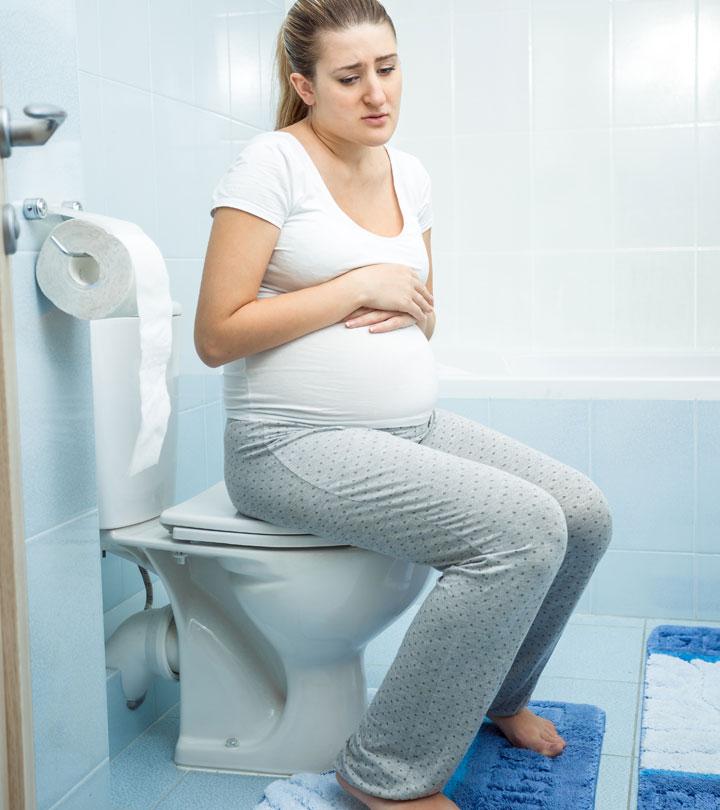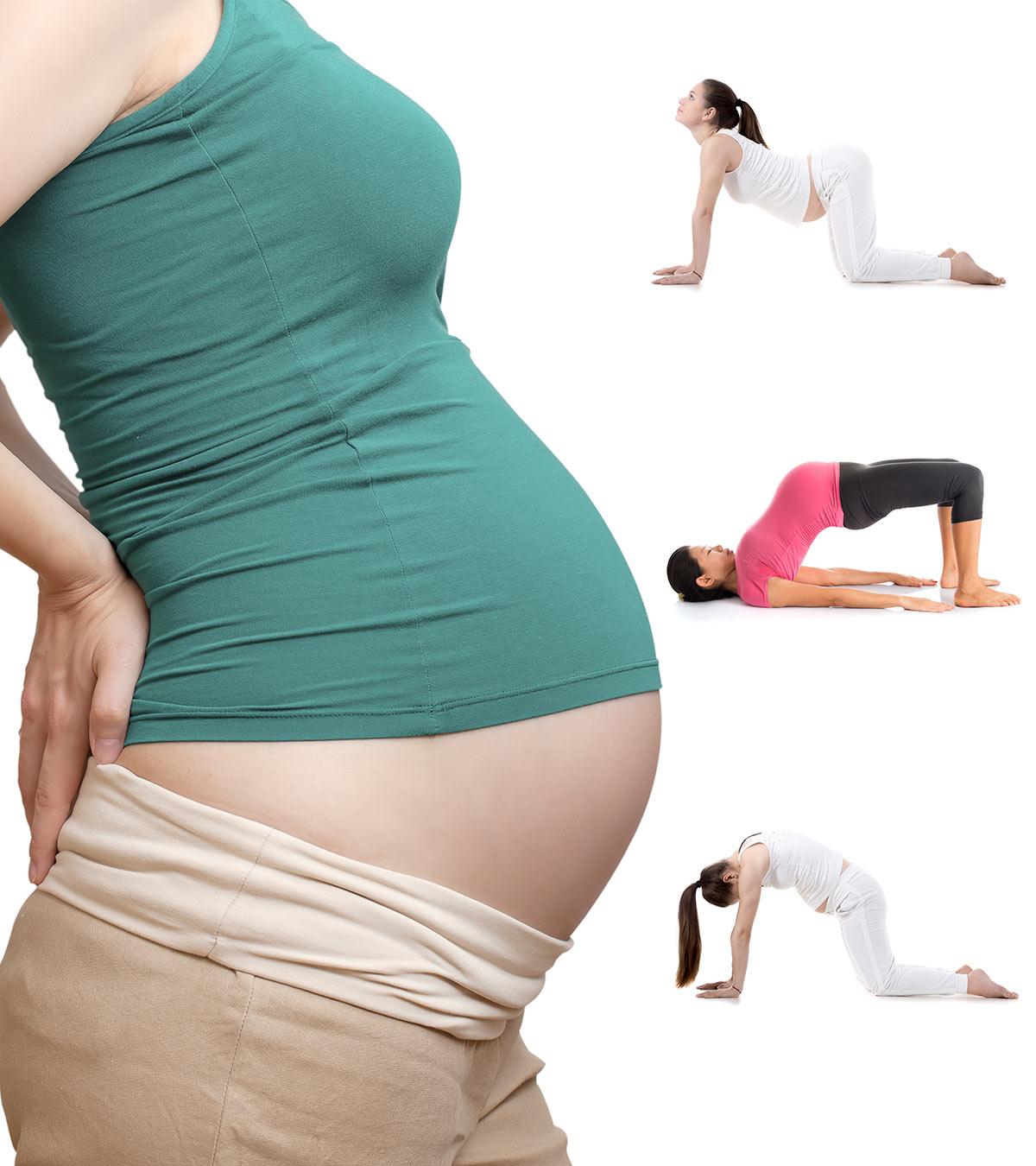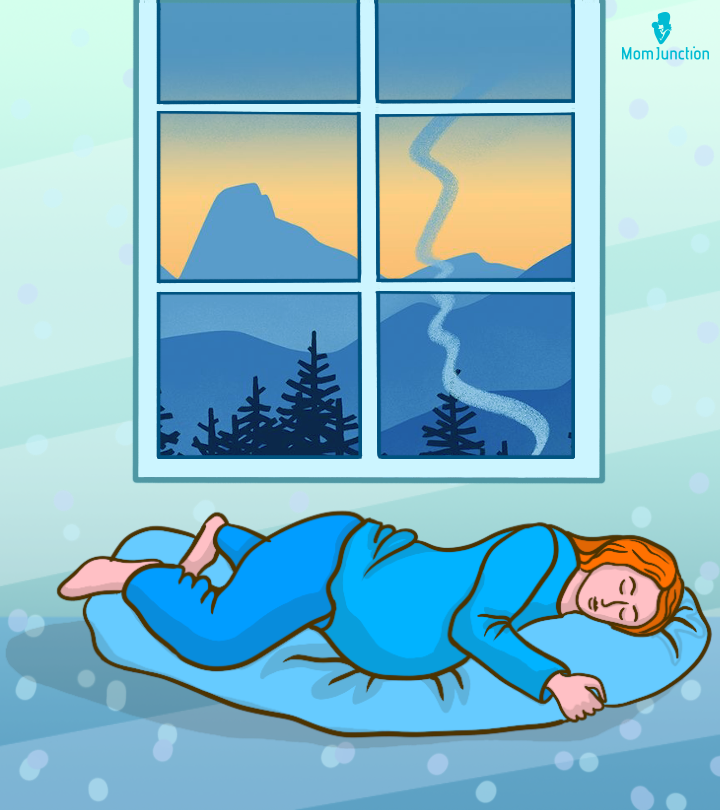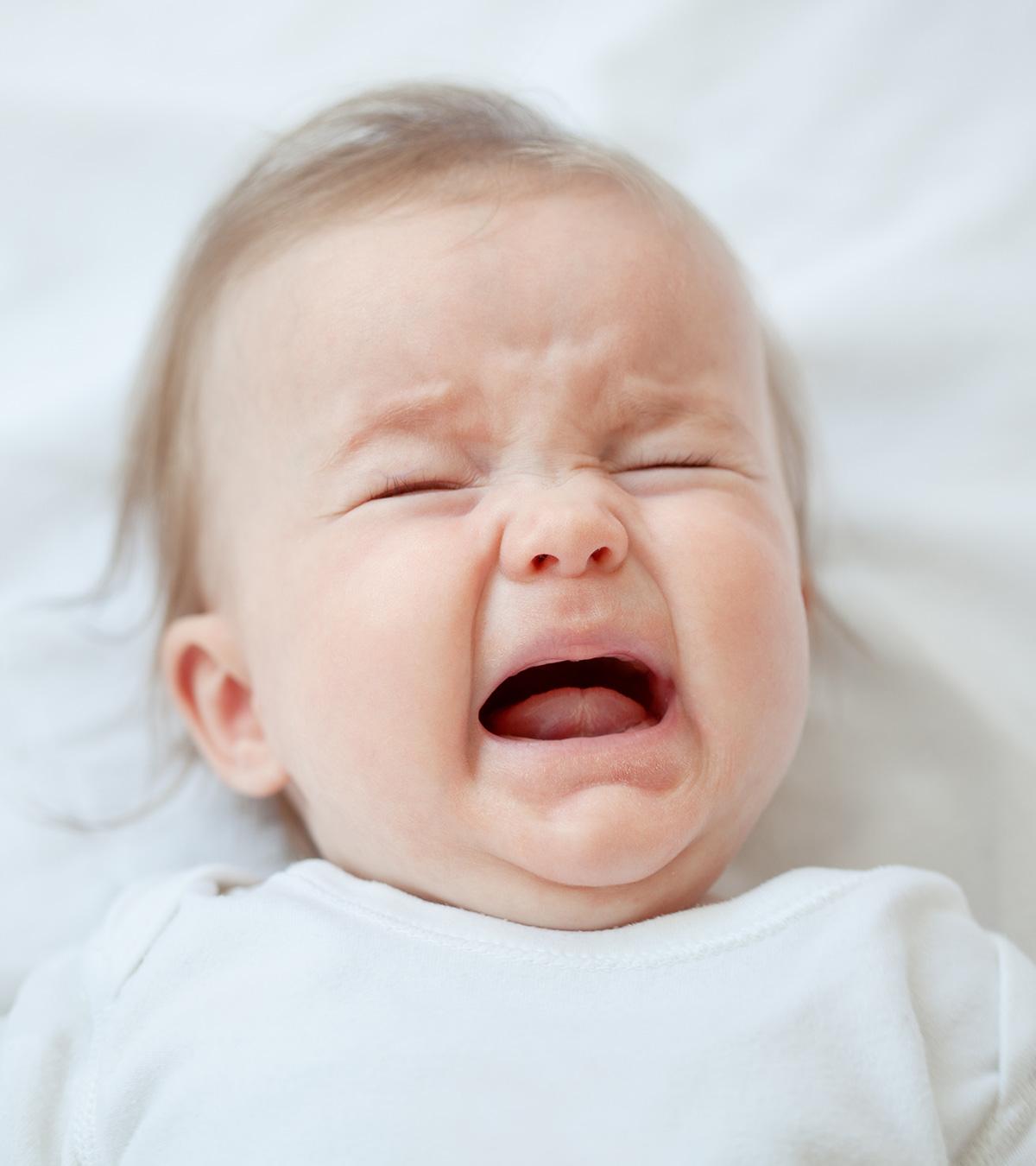
Children love playgrounds since they are great places for fun. Therefore, it is essential to learn about playground safety for kids before you let them run free. Of course, they will run here, hop there, and have several falls. Along with that come all the bruises, cuts, and small injuries. But, they all are a part of growing up and adapting to the environment. Therefore, you should teach your little one playground safety tips to avoid unforeseen complications. Read on to learn about some rules you need to keep in mind whenever you visit the playground with your children in order to implement proper risk management techniques.
What Is Playground Safety?
Although stumbling or falling while playing and having minor bruises is common among kids, following playground rules and safety tips is imperative for parents as much as for the children. Negligence and inappropriate behavior in the playground could put your child’s life at risk.
Top 5 Playground Safety Precautions You Need To Take
1. Supervise Your Kids When They Are Playing On The Ground:
- Your supervision can prevent the risk of injuries to your children as you could ensure that they enjoy playing in the area, which has appropriate equipment.
- Keep an eye on them as they race, run, jump, swing, kick, fight, etc.
- Watch out for potential playground hazards such as broken or rusted equipment and risky surfaces. If you notice any danger or malfunction in the equipment, then report it to those who maintain the ground.
- Explain to your kids that pushing, fighting, playing a prank, shoving, or crowding in the playground could prove to be dangerous.
- Do not dress your child elaborately. Take off their necklaces, scarves, mini purses, and clothes with cords and drawstrings as they could pose a strangulation hazard. Also, take off the mini helmet that your child may wear while playing on the ground, and save it for bikes (1).
 Be watchful
Be watchful2. Choose A Safe And Suitable Play Area Based On Your Kid’s Age:
- Toddlers and younger kids should play separately from older children. Older kids could use bigger play equipment which could hurt the younger ones. So, it is important that there is a separate play area for children below five.
- If your child is learning to walk, choose a play area that has smooth, even, and safe surface. Also, the play area should be free of pits, holes, and other faults.
- If your child is old enough to balance himself and can jump and run well, then you can let him swing on the baby swings in the garden. Baby swings are advisable for kids above one year.
3. Make Sure Your Kids Use Age-Appropriate Equipment:
Image: Shutterstock
- Ensure your child plays with age-appropriate playing apparatus as an injury prevention measure.
- Children between ages two and five have lesser upper body strength and proper hand grip size than older ones. So, prevent them from playing with heavy, unleveled playground equipment and involving in strenuous physical activity.
4. Ensure Safe Surfaces And Surfacing Of Playground Equipment:
- As a fall prevention safety measure, prevent your child from playing on non-impact absorbing ground surfaces, such as gravel, concrete, asphalt, grass, or dirt.
- Kids may play on safe and soft surfaces made of sand, shredded rubber, pea gravel, mulch, and wood chips. Some of the recommended surfaces are rubber mats, leveled and smooth grounds, and synthetic turf.
- The surfacing needs to be at least six feet wide in all directions and 12 inches in depth, around any playing equipment. Surfacing may have to be more than six feet based on the height of the apparatus.
- For swings, the base is broad in the front and back, and it’s twice the height of the suspending bars. For instance, if the suspending bars of the swing are ten feet high, then you need to extend the surfacing by at least 20 feet.
5. Ensure That Qualified Personnel Examine And Maintain The Playground:
- An authorized person must check the playground design and equipment and regularly conduct playground inspections.
- If you notice any dangerous conditions in the ground or rusted equipment at kids’ play centers or schools, then report it to the authority concerned as soon as possible.
- Instruct your kids to stay away from broken and dangerous playing equipment, such as swings, slides, ladders, climbing apparatus, etc.
10 Important Playground Safety Rules For Kids
Image: Shutterstock
Here, we list some basic playground safety rules you can teach your little champion to follow.
1. General Playground Safety Rules:
- Never go to a playground without informing your parents, caretakers or guardians. Have an adult accompany you.
- Develop a habit of being careful on the ground.
- Check for cushioning playground surfacing around and below the equipment. Avoid playing if the cushioning isn’t there.
- Never pull or push other kids and do not fight with them. Avoid running around while you are playing near the playing equipment.
- Ensure that your shoes fit you well and the laces are not loose. Do not wear clothes with drawstrings and cords as they can put you in tangling hazards.
- When you begin playing with equipment, make sure no one is in the way.
- Playing with wet equipment could slip you off it.
- Always bend your knees and try to land on your feet whenever you jump.
- During summers, do not use playing equipment that is hot.
- When more than one kid wants to play with the same equipment, use it in turns by forming a line.
- Do not overcrowd on playing equipment and sit comfortably and appropriately.
- Seek help from your parents or grown–ups, if needed.
- For sun protection, use sunscreen in the summer months to protect your skin from sunburns.
- Leave the backpacks, bikes, cycles, and bags away from the playground and playing equipment so that no one trips over them (2).
- Ensure children are taught basic first aid safety measures and to inform the teachers/elders in case of medical emergencies like trauma care.
2. School Playground Safety Rules:
- Play under a teacher’s supervision.
- Seek the permission of your supervisor on duty before going out on the playground or out of the school building. Don’t rush and run; walk carefully.
- Follow your teacher’s instructions before playing with any equipment.
- Keep some food, water, and clothes at a designated place away from the playground equipment; you may need them.
- Always play in designated areas. Don’t try to explore new spots without your teacher’s permission and proper playground supervision.
- Form a line while entering and leaving the playground. Do not rush into each other.
3. Slides Safety Rules For Kids:
- Be patient while in a queue for sliding. Give the kid ahead enough room.
- Hold the handrails with both the hands and take one step at a time while climbing on a ladder. Never try to haste up the slide.
- Sit at the top and slide down with the feet touching the ground first and then the rest of your body.
- While sliding, ensure no one is present in front of you.
- After sliding, get away from the front end of the slide.
- In the months of summer, check how hot the rods of the ladder are before using the slide.
 Quick tip
Quick tip4. Swing Safety Rules For Kids:
- Always sit in the swing’s center. Don’t kneel or stand on it.
- Hold the suspending chains at the sides with both hands.
- Bring the swing to a halt before getting off.
- Always maintain a distance from moving swings by not getting in its way.
- Only one kid should swing at a time.
- Don’t twist the chains, jump out of the swings, or swing sideways.
- If you cannot swing by yourself, seek help from an adult.
 Point to consider
Point to consider- Never swing too high.
5. Seesaw Safety Rules For Kids:
- Choose a counterbalanced, spring-type seesaw model.
- Sit on an end of the seesaw straight, balanced, and facing each other.
- Hold the holders tightly with both hands.
- Ensure that your feet are out of the underneath board.
- Inform your partner when you wish to get off from the seesaw and get off the swing by carefully holding the end.
6. Climbing Apparatus Safety Rules For Kids:
- Make sure only a specific number of children (depending on the capacity of the climbing apparatus) climb the equipment, such as ladders and bars. For instance, if the climbing structures can have only five kids, don’t rush in as the sixth.
- Climb using both hands and make a lock-grip by using your thumbs and fingers.
- While climbing ladders and bars, all kids should begin climbing from the same end and head in a particular direction.
- Never push other kids on the climbing equipment and maintain a safe distance from other climbers.
- Never make an attempt to reach for bars and ropes that are far away from where you are.
- Avoid using the climbing equipment when it’s wet as it makes the surface slippery and makes your grip loose.
- Don’t jump on the ground with your knees bent. Climb down carefully and land on both feet.
7. Fireman’s Pole Safety Rules For Kids:
- Look down before sliding down from the top of the pole.
- Never slide down if someone else is standing close to the bottom of the pole.
- Hold the pole with both hands and enclose it by wrapping both your legs around the pole as you slide.
- Carefully slide down, bend your knees slightly, and land on your feet.
8. Track Ride Safety Rules For Kids:
Image: IStock
- Track ride is playground equipment, which gives a weightless feeling while gliding at a speed between the tracks, with the feet up in the air.
- As a track ride needs upper-body strength, only school-going children and the older ones should play on it. It should not be present in play areas of preschoolers and toddlers.
- No obstacles should be present along the track path, particularly on the landing and take-off areas.
- There must be a minimum distance of four feet between the tracks that are adjacent to one another.
- Handles should be present between 64 to 78 inches from the surfacing.
- Ensure that the equipment has no attached or tied apparatus.
- Track ride should have enclosed rolling parts to avoid crashing accidents and injuries.
9. Log Roll Safety Rules For Kids:
- Log roll is a kind of playground equipment that requires kids to grasp the handles and balance on the top of the log, as they spin and play.
- School-going kids play on log rolls to develop balancing skills and enhance their strength.
- A log roll must possess a handhold to aid in balancing.
- The top point of the equipment should be 18 inches over the protective surface.
10. Small Equipment Safety Rules For Kids:
- Kids should play with small playing equipment, such as skipping ropes, balls, hoops, and such things.
- If you are sharing a ball and playing with a group of kids, take turns and do not be hasty.
- If the ball goes out of the play area, do not go out of the play area without the supervision of a grown up.
10 Important Facts About Playground Safety For Children
- More than 200,000 kids receive emergency response medical treatment in hospitals every year for various playground wounds and injuries.
- Falls, while playing, are the most common types of playground injuries, and account for more than 75% of the total playground injuries.
Image: IStock
- 45% of playground injuries result due to lack of supervision. Also lack of adequate playground maintenance poses a safety hazard for children.
- 70% of injuries to children occur on public playgrounds.
- Home playgrounds can prove highly dangerous to children. About two-third play related deaths occur due to playing on home playgrounds.
- Head and face injuries account for 60% of all injuries for 0 to four-year-olds.
- Swings cause the highest number of injuries to 0 to four-year-olds.
Image: Shutterstock
- The US National Safety Week is from April 21 to 25 every year, as playground injuries tend to increase in April and May, reduce in the summer, and increase again in September.
- Most traumatic brain injuries occur among four-year-olds.
- 45% of playground injuries to children are severe and include dislocations, fractures, concussions, and internal injuries.
Frequently Asked Questions
1. How often should playground equipment be inspected for safety?
A routine basic inspection should be done daily or weekly. Detailed inspection of the equipment may be done once a month or two, depending on the equipment’s usage (4).
2. What should I do if my child is injured on the playground?
Give immediate attention and the medical care required if your child is injured on the playground. Once done, photograph the playground area where the injury occurred to record any safety issues. Take the child to the doctor to check for any serious internal injuries. Finally, report the incident to an employee, manager, or responsible authority in charge of the playground to prevent any mishaps again.
It is recommended that parents know playground child safety rules before letting them run and explore. You can prevent injuries due to falls and skin injuries with appropriate precautions. Always choose age-appropriate play areas for children and ensure adult supervision while on the ground. Choose comfortable and safe clothes for playing that also protect your child from harsh weather. Provide your child with safety equipment, such as helmets and knee pads, depending on the games. Ensure the surface of the playground and play equipment are checked for hazard identification and well-maintained.
Infographic: Tips To Follow For Children’s Safety On Playground
Playgrounds are essential to childhood as they provide an outdoor environment that encourages physical and social development. However, children might easily get hurt if the right safety measures are not followed in the playground. Check out the infographic below for some useful playground safety tips you should follow for your child’s safe play.
Illustration: Momjunction Design Team
Key Pointers
- Supervise children playing in the playground and ensure they play at age-appropriate playgrounds.
- Check playground equipment installation to prevent injuries.
- Teach children to avoid pushing, and fighting, be aware of their surroundings and follow playground rules.
- Ensure children wear safety equipment like helmets and knee pads when participating in activities like bicycle riding.
- Make sure the playground surface and equipment are well-maintained and safe.
Image: Stable Diffusion/MomJunction Design Team
Let’s keep our kids safe on the playground! Learn how to prevent playground injuries with this informative video.
References
- Playground Safety for Children Ages Birth to 14 Years.
https://www.health.ny.gov/prevention/injury_prevention/children/fact_sheets/birth-14_years/playground_safety_birth-14_years.htm - Handbook for Public Playground Safety.
https://www.michigan.gov/documents/dhs/Handbook_for_Public_Safety_CPSC_PUB-325_241534_7.pdf - Playground safety.
https://www.healthychildren.org/English/safety-prevention/at-play/Pages/Safety-on-the-Playground.aspx - Maintenance Plans.
https://playgroundsafety.org/topics/topic/maintenance-plans
Read full bio of Katherine Paxton
Read full bio of Swati Patwal
Read full bio of Kavita Kankani




























